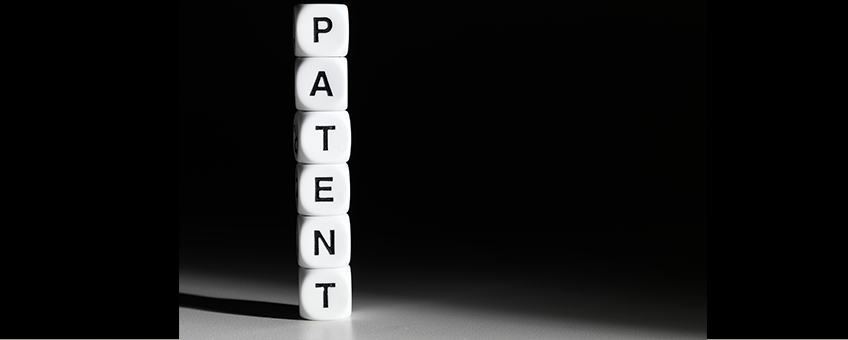
VirnetX v Apple
VirnetX Inc., v. Apple Inc.
Nos. 2017-1591, 2017-1592, 2017-1593 Fed. Cir. August 1, 2019 Before Chief Judge Prost, with Circuit Judges Moore and Reyna. Opinion by Chief Judge Prost.
VirnetX Inc. (“VirnetX”) appealed from decisions of the Patent Trial and Appeal Board (“Board”) related to three inter partes reexaminations maintained by Apple Inc. and Cisco Systems, Inc. The issues in the case were:
- whether Apple was barred from maintaining its reexams by the estoppel provision of the pre-America Invents Act version of 35 U.S.C. § 317(b) (2006); and
- whether certain claims were unpatentable as anticipated or obvious over the prior art of record.
Apple was sued for patent infringement, and raised a defense of invalidity. A jury concluded Apple failed to sustain its burden of proving invalidity. The district court determined that substantial evidence supported the jury’s finding and entered final judgment. Apple appealed to the Federal Circuit, which affirmed on the issue of invalidity. Apple did not seek Supreme Court review. VirnetX petitioned the PTO to terminate Apple’s pending reexaminations based on Section 317(b). The PTO refused.
In the prior appeal, the Federal Circuit vacated and remanded other issues unrelated to invalidity. Apple argued that, after those issues are decided and reviewed in a second appeal, it may choose to file a petition for certiorari asking the Supreme Court to look at issues from the prior appeal, including its validity determination. Apple argued that there was no final determination as required by pre-AIA Section 317(b).
The majority disagreed, finding that district court entered judgment against Apple on the issue of invalidity, the Federal Circuit affirmed that judgment, and the time to petition for certiorari on the issue had passed. Relying upon Fairchild (Taiwan) Corp. v. Power Integrations, Inc., 854 F.3d 1364 (Fed. Cir. 2017), there had been a final decision under § 317(b). Further, the majority stated that the statute requires only a final decision on a “precise issue,” that issue being whether the party seeking invalidity “sustained its burden of proving the invalidity of any patent claim in suit.” According to the majority, the statute does not require a resolution of the entire case to effectuate an estoppel.
Judge Reyna dissented on this issue. In his view, Apple should be permitted to appeal from the affirmance of the finding of no invalidity, since there was no final decision that triggered a bar under Section 317(b). He construed Fairchild as stating that a final decision occurs only when all appeals have been terminated. He found Apple’s decision not to earlier petition the Supreme Court was reasonable, since Apple might have prevailed on remand, making such an appeal unnecessary. On the other hand, if Apple did not prevail on remand, then all issues could be appealed at once, avoiding piecemeal litigation. The majority countered that the statute controls and that it was inappropriate for the dissent to speculate regarding Apple’s litigation strategy.
The court remanded the case with instructions to terminate the reexam with respect to claims of the patents that were subject to estoppel under Section 317(b). The court affirmed the Board’s holding that other claims considered in the Apple and Cisco reexams were invalid and rejected VirnetX’s arguments. For example, VirnetX argued that the Board’s findings introduced improper new arguments. The court found that VirnetX had a “fair opportunity to react to the evidence” and affirmed the Board’s finding that those claims were unpatentable.
Read more: Federal Bar member attorneys may access the full case summary by registered patent attorney B.C. “Bill” Killough in the August 2019 issue of Federal Circuit Case Digest
 B.C. Killough is a registered patent attorney based in Charleston, SC. On behalf of his clients, Bill has obtained more than 300 United States patents, participated in prosecuting more than 100 foreign patent applications and he has filed more than 1000 trademark applications with the US Patent and Trademark Offices.
B.C. Killough is a registered patent attorney based in Charleston, SC. On behalf of his clients, Bill has obtained more than 300 United States patents, participated in prosecuting more than 100 foreign patent applications and he has filed more than 1000 trademark applications with the US Patent and Trademark Offices.
Additionally, you may read the full opinion here.